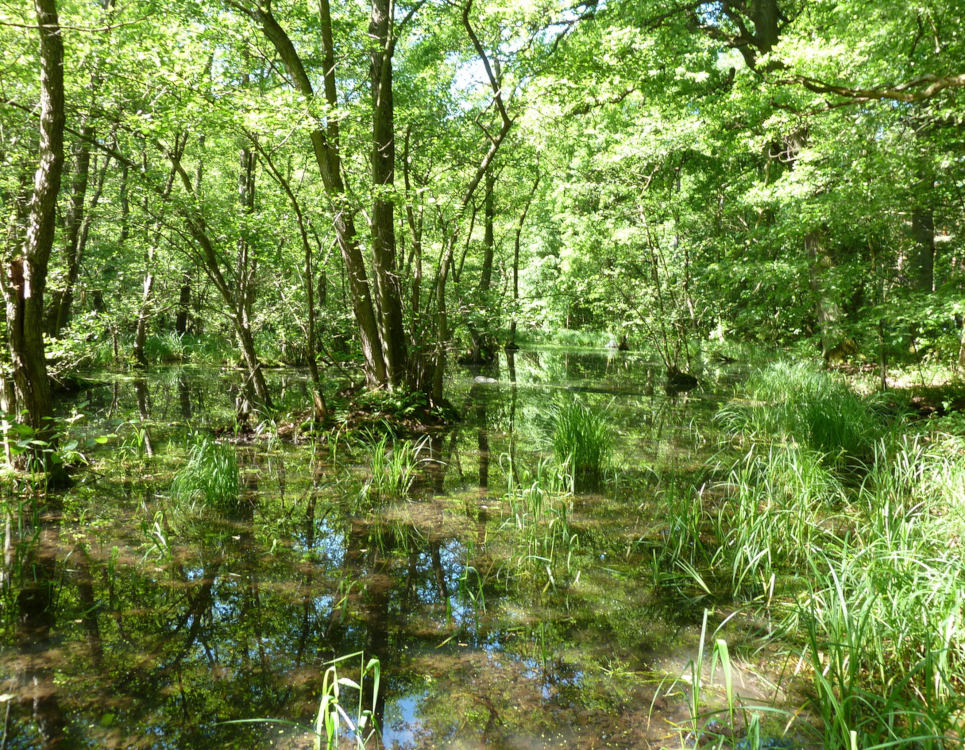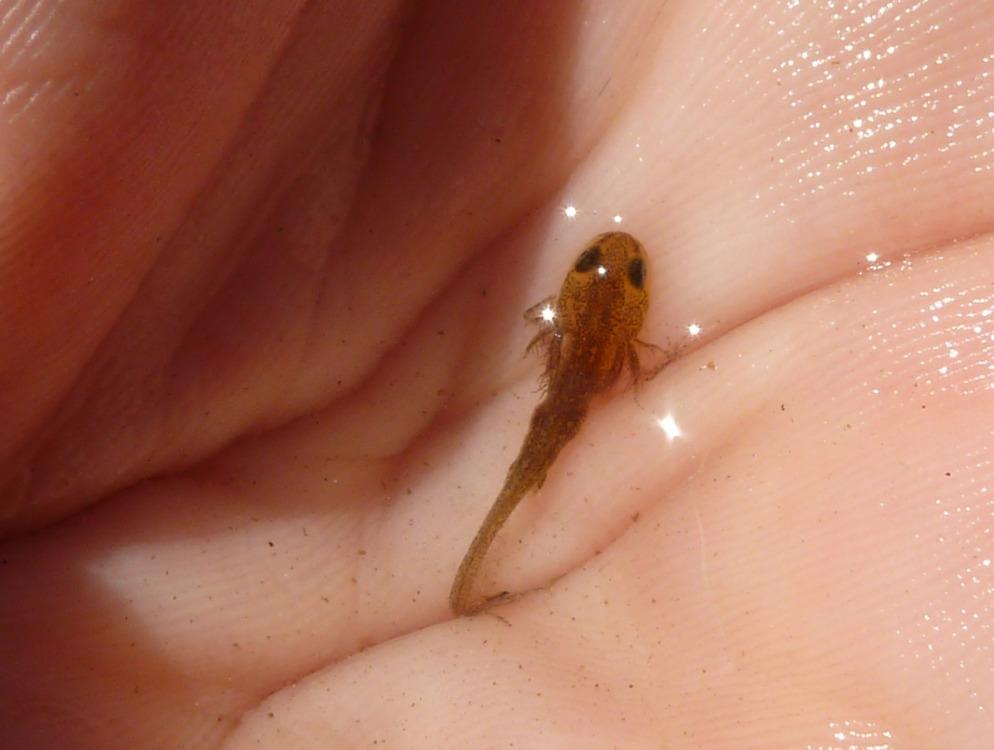   |
Mosquito control based on Bacillus thuringiensis israelensis (Bti) -
Ecological effects on wetland food chains and public acceptance of control alternatives
The bio-insecticide Bacillus thuringiensis israelensis (Bti) has worldwide become the most commonly used agent in mosquito control programs that pursue two main objectives: the control of vector-borne diseases and the reduction of nuisance, mainly coming from mosquitoes that emerge in large quantities from seasonal wetlands. The Upper Rhine Valley, a biodiversity hotspot in Germany, has been treated with Bti for decades to reduce mosquitoborne nuisance and increase human well-being. Although Bti is presumed to be an environmentally safe agent, adverse effects on wetland ecosystems are still a matter of debate especially when it comes to long-term and indirect effects on non-target organisms. In light of the above, this thesis aims at investigating direct and indirect effects of Bti-based mosquito control on non-target organisms within wetland food chains. Effects were examined in studies with increasing eco(toxico)logical complexity, ranging from laboratory over mesocosm to field approaches with a focus on the non-biting Chironomidae and amphibian larvae (Rana temporaria, Lissotriton sp.). In addition, public acceptance of environmentally less invasive alternative mosquito control methods was evaluated within surveys among the local population.
Chironomids were the most severely affected non-target aquatic invertebrates. Bti substantially reduced larval and adult chironomid abundances and modified their species composition. Repeated exposures to commonly used Bti formulations induced sublethal alterations of enzymatic biomarkers activity in frog tadpoles. Bti-induced reductions of chironomid prey availability indirectly decreased body size of newts at metamorphosis and increased predation on newt larvae in mesocosm experiments. Indirect effects of severe reductions in midge biomass might equally be passed through aquatic but also terrestrial food chains influencing predators of higher trophic levels. The majority of affected people in the Upper Rhine Valley expressed a high willingness to contribute financially to environmentally less harmful mosquito control. Alternative approaches could still include Bti applications excepting treatment of ecologically valuable areas. Potentially rising mosquito levels could be counteracted with local acting mosquito traps in domestic and urban areas because mosquito presence was experienced as most annoying in the home environment.
As Bti-based mosquito control can adversely affect wetland ecosystems, its large-scale applications, including nature conservation areas, should be considered more carefully to avoid harmful consequences for the environment at the Upper Rhine Valley. This thesis emphasizes the importance to reconsider the current practice of mosquito control and encourage research on alternative mosquito control concepts that are endorsed by the local population. In the context of the ongoing amphibian and insect declines further humaninduced effects on wetlands should be avoided to preserve biodiversity in functioning ecosystems.
Publications:
Allgeier, S., Friedrich, A., Brühl, C.A., 2019. Mosquito control based on Bacillus thuringiensis israelensis (Bti) interrupts artificial wetland food chains. Sci. Total Environ. https://doi.org/10.1016/j.scitotenv.2019.05.358
https://www.sciencedirect.com/science/article/pii/S0048969719324118
Allgeier, S., Frombold, B., Mingo, V., Brühl, C.A., 2018. European common frog Rana temporaria (Anura: Ranidae) larvae show subcellular responses under field-relevant Bacillus thuringiensis var. israelensis (Bti) exposure levels. Environ. Res. 162, 271–279. https://doi.org/10.1016/j.envres.2018.01.010
https://www.sciencedirect.com/science/article/pii/S0048969719324118?dgcid=author
Allgeier, S., Kästel, A., Brühl, C.A., 2019. Adverse effects of mosquito control using Bacillus thuringiensis var. israelensis: Reduced chironomid abundances in mesocosm, semi-field and field studies. Ecotoxicol. Environ. Saf. 169, 786–796. https://doi.org/10.1016/j.ecoenv.2018.11.050
https://www.sciencedirect.com/science/article/pii/S0147651318311862
Kästel, A., Allgeier, S., Brühl, C.A., 2017. Decreasing Bacillus thuringiensis israelensis sensitivity of Chironomus riparius larvae with age indicates potential environmental risk for mosquito control. Sci. Rep. 7. https://doi.org/10.1038/s41598-017-14019-2
https://www.nature.com/articles/s41598-017-14019-2
Theissinger, K., Kästel, A., Elbrecht, V., Makkonen, J., Michiels, S., Schmidt, S., Allgeier, S., Leese, F., Brühl, C., 2018. Using DNA metabarcoding for assessing chironomid diversity and community change in mosquito controlled temporary wetlands. Metabarcoding Metagenomics 2, e21060. https://doi.org/10.3897/mbmg.2.21060
https://mbmg.pensoft.net/articles.php?id=21060
Theissinger, K., Röder, N., Allgeier, S., Beermann, A.J., Brühl, C.A., Friedrich, A., Michiels, S., Schwenk, K., 2019. Mosquito control actions affect chironomid diversity in temporary wetlands of the Upper Rhine Valley. Mol. Ecol. 28, 4300–4316. https://doi.org/10.1111/mec.15214
